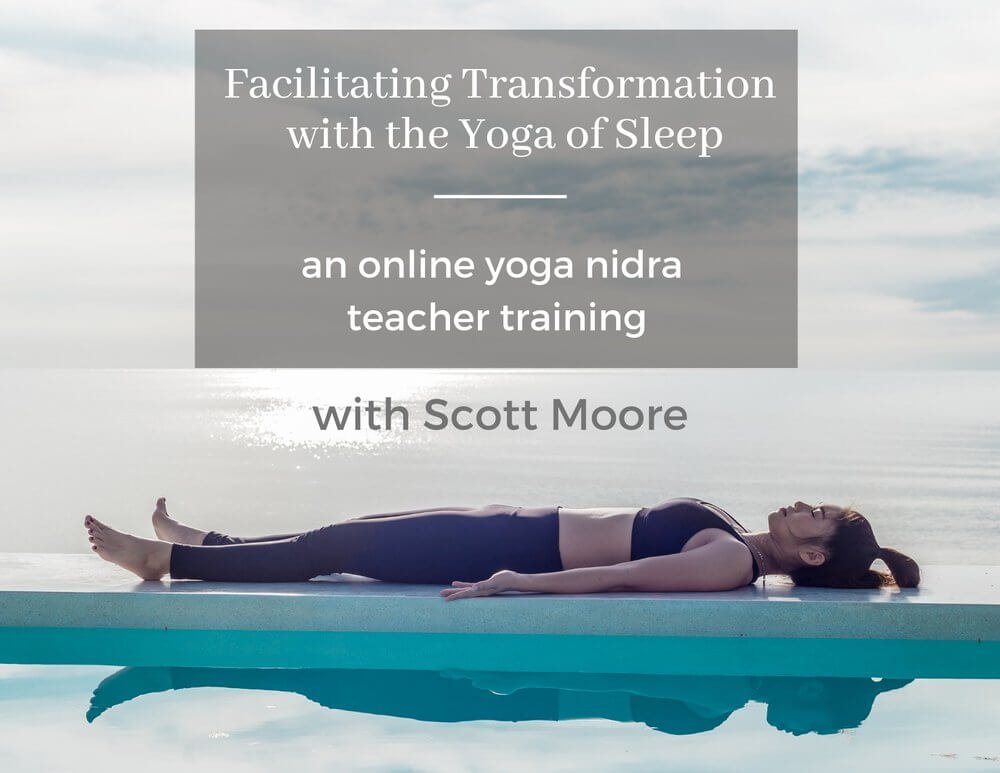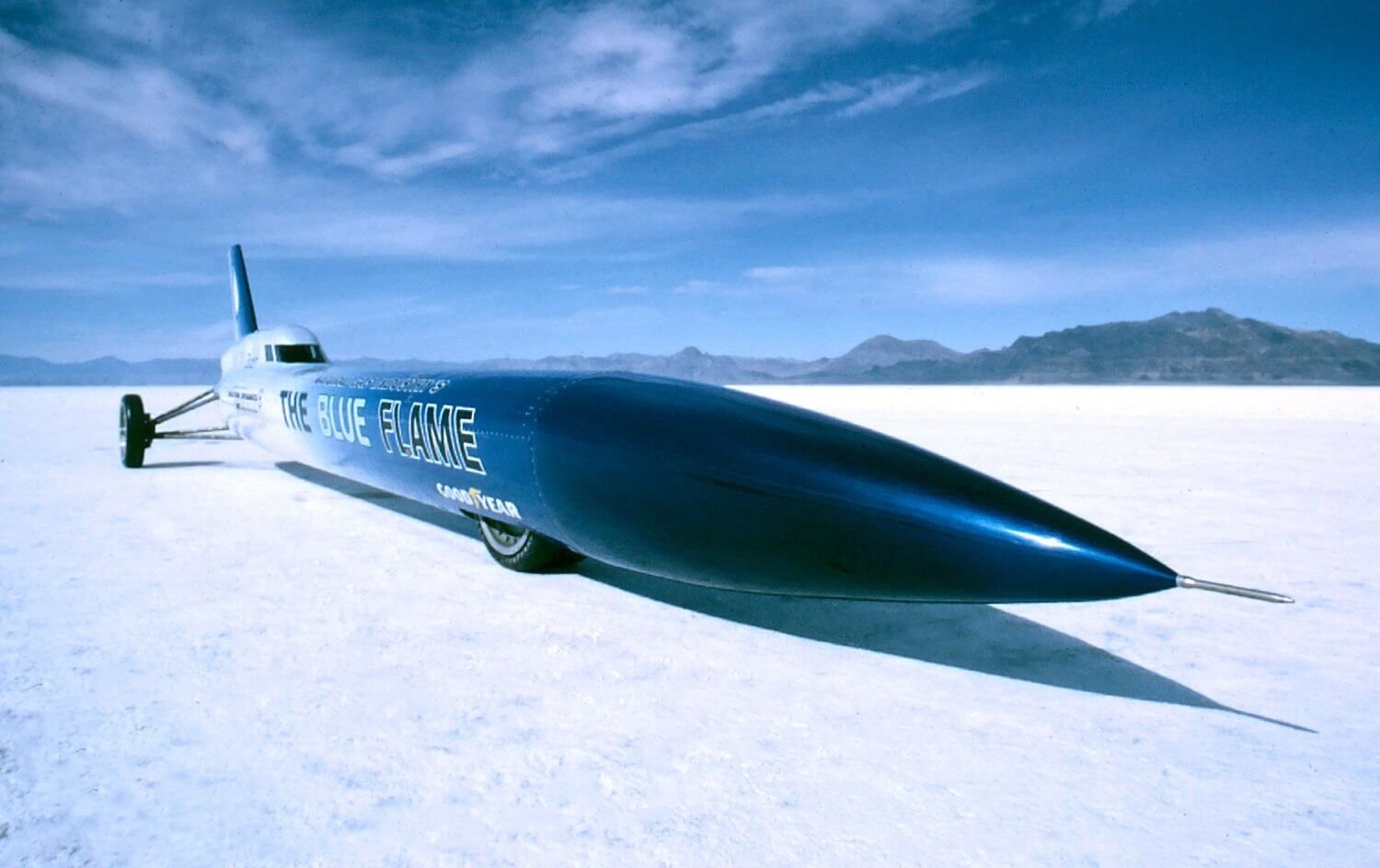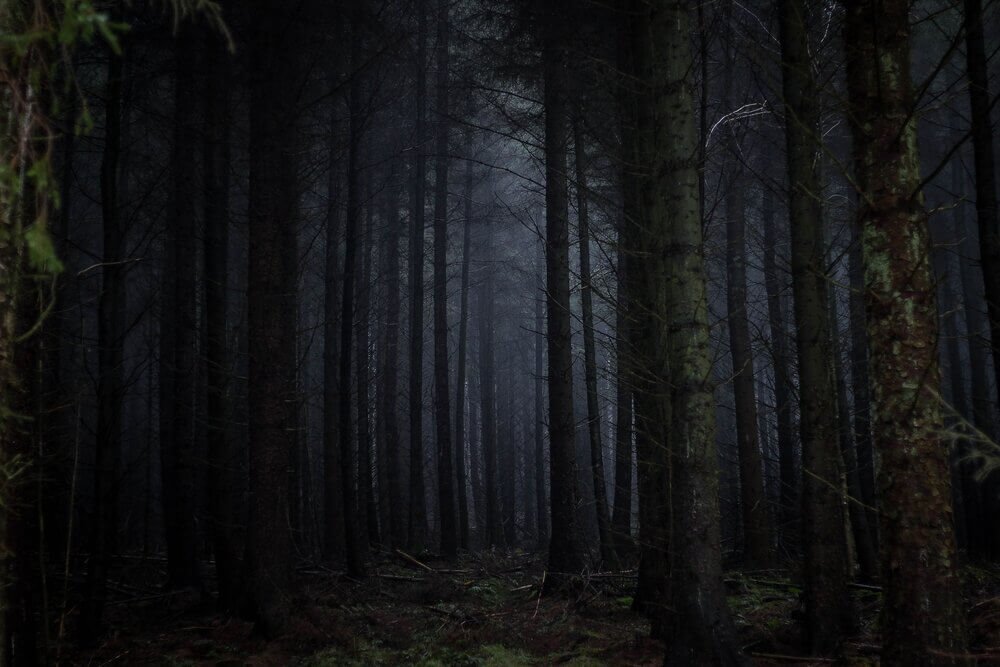From Script Follower to Master Facilitator: My Journey to Teaching Authenticity in Yoga Nidra
I'm passionate about Yoga Nidra. Since 2008, I've facilitated thousands of hours of sessions and taught hundreds of teachers. Through this journey of practicing and teaching Yoga Nidra as well as developing my Yoga Nidra teacher training program, I've discovered what truly works, what doesn't, and most importantly—why.
What makes my approach revolutionary? While other training programs want to "own" the practice and insist you teach like them, I empower you to find your own authentic voice and create transformative experiences that are uniquely yours.
My Yoga Nidra Journey: From Frustrated Teacher to Global Educator
In full honesty, I initially sought Yoga Nidra training mostly to expand my teaching toolkit. Nothing wrong with that. I just never imagined how it would completely transform my life and career.
Early in my journey, I experienced profound emotional and spiritual healing through Yoga Nidra. It gave me insights about myself and the universe unlike any other practice. But here’s the deal: when I tried to teach using my training's scripts, it felt wrong. Even my students could sense it. The problem was that I was being a rote version of my teacher and not an authentic version of myself.
This realization changed everything.
So, I took a year off from teaching Yoga Nidra to dismantle Yoga Nidra facilitation and rebuild my own system from the ground up. This time away from facilitating helped me to discover the essence and diversity of the practice. Plus, I discovered tools for facilitating Yoga Nidra in a way that enabled me to meet my student’s diverse needs and do it in a way that was completely authentic to me.
The results were immediate:
My classes became the most popular at my studio, often with 50+ students
Other teachers constantly asked for my secrets
What began as simple workshops evolved into comprehensive trainings
My online programs attracted students from Iceland to Ireland, Mecca to Montana
What was the difference?
Authenticity.
Instead of relying on rote scripts only, I gave people tools to find their own voice—a crucial element missing from most programs.
What Makes My Yoga Nidra Teacher Training Different
1. Tools for Authentic Facilitation, Not Just Scripts
Most programs give you scripts to memorize. I give you the many principles and tools to create your own powerful Yoga Nidra experiences such as:
The Yoga Nidra Roadmap: A flexible formula you can adapt to any situation or client need
Welcoming/Recognizing/Witnessing: Techniques to create psychological safety
Radical Permissions: Methods to disarm resistance and deepen practice
Kosha Navigation: Learn to use these consciousness layers strategically, not mechanically
With these tools and many, many more, you'll never be limited by someone else's script again.
2. Personal Practice Development
Something else I discovered is that your most profound insights will come from your own practice, not from my teachings. That's why the first half of my training focuses on deepening your personal relationship with Yoga Nidra through multiple lenses:
History and philosophy
Psychology and neuroscience
Myth and storytelling
Practical application and experimentation
When you teach from authentic experience rather than memorized concepts, you will truly share something of you with your students and they will feel the difference.
3. The Adopt, Adapt, Innovate Methodology
My training follows a natural progression that honors where you are while building toward mastery:
Adopt: Begin with over 100 pages of specialized scripts demonstrating effective tools and principles of Yoga Nidra facilitation
Adapt: Learn to modify these approaches to reflect your unique voice and style
Innovate: Develop the confidence to create your own scripts or facilitate completely improvisationally
This approach makes it so you'll sound 100% like YOU while meeting the unique and specific needs of your clients.
What Students Experience in My Level 1 Training
Beyond the core frameworks mentioned above, you'll learn essential facilitation skills such as:
Creating an effective teaching container through mindful set and setting
Honoring each person's unique experience without forcing outcomes
Finding your authentic facilitation voice that resonates with your specific audience
Building specialized practices for diverse client needs
Ready to transform your teaching? [LINK TO LEVEL 1 PROGRAM]
Advanced Skills: Level 2 Training
Once you've mastered the fundamentals, my advanced training takes you deeper:
Yoga Nidra Dyads
Learn the art of facilitating awareness-based conversations where practitioners verbalize their experience while in deep relaxation—invaluable for therapeutic settings.
Expanded Facilitation Toolkit
Master advanced techniques including:
Voice modulation for deeper impact
Strategic use of music and sound
Anchoring and layering koshas
Visualization and positive programming techniques for maximum efficacy
Recording and Sharing Professional-Quality Sessions
Learn to create studio-quality recordings using equipment you already own and build your global audience through platforms like Insight Timer and YouTube.
Creating Specialized Classes
Develop customized practices for specific populations or purposes—from trauma healing to performance enhancement.
Ready to become a master facilitator?
What My Students Are Saying
“Scott’s Yoga Nidra Teacher Training was exceptional! I had been hoping to expand my yoga teaching practice and was looking for just the right thing. The program which Scott has carefully crafted far exceeded my expectations and has left me with a passion for Yoga Nidra. I also walk away with a wealth of resources and some newfound confidence in leading this powerful type of yoga. Scott exhibits mastery of the art and conveys a lot of good information with richness and ease. Participating in the program was itself transformative; well worth it”
“Yoga Nidra teacher training with Scott Moore was like looking behind the curtain of a magic show and discovering that the magic is real - no tricks, no illusions! When I started the course, I could not envision myself as a Nidra facilitator, and in fact found the practice quite intimidating. Little by little, as Scott’s training progressed, I was not only able to experience the magic of the Yoga of Sleep, but discover my own power. Scott does an amazing job breaking down the spiritual and practical aspects of Yoga Nidra, while also relating them to common experiences like trail running or music. A word of warning, this training requires a lot of introspection, which isn’t easy. It kept me humble, sometimes made me vulnerable, inquisitive, emotional - but ultimately, it was a source of comfort and empowerment.”
“I recently completed Scott’s 4-day Yoga Nidra Immersion and Teacher Training held in Salt Lake City, Utah. I found the training personally and professionally valuable and definitely worth my time and money. I was impressed not only with the training but also with the teacher, Scott Moore. He was well-prepared and effective in his delivery. The training included both complex ideas as well as practical tools that I can use in my coaching and therapy practice. The practice of Yoga Nidra helps me be more present amidst the stress in today’s world and with my clients. The training gave me deep and rich tools that I started using in my coaching and therapy practice Immediately following the training. My clients have reported feeling centered and calm after I have facilitated a short Yoga Nidra practice. I have known Scott for many years as we were both part of the yoga community in Salt Lake City. I have great respect for him. He is an exceptional human being with the purpose of helping humans heal and grow!”
Your Invitation to Transformation
Over nearly 20 years of practicing, facilitating, and teaching Yoga Nidra, I've discovered that this practice is as transformational as it is accessible. The key to being an effective facilitator lies in skillful authenticity—and it's my passion to help you find your unique voice.
You owe it to yourself and your students to become the best Yoga Nidra facilitator you can be. Join me on this journey.
Level 1 Training:
Enroll now with my my self-paced online Yoga Nidra teacher Training (50 hours)
Enroll in my next live in-person training: Salt Lake City, Utah July 31–August 3, 2025 (30 hour)
Advanced Yoga Nidra Teacher Training:
Advanced Yoga Nidra Teacher Training: April 26–27, May 3–4, 2025 (once a year only 30 hours)
Both Trainings
If you’re interested in both the level 1 and advanced trainings, reach out for a package deal.
P.S. Interested in learning how to create successful online courses like mine? Book a free discovery Zoom call regarding my mentorship program.



















